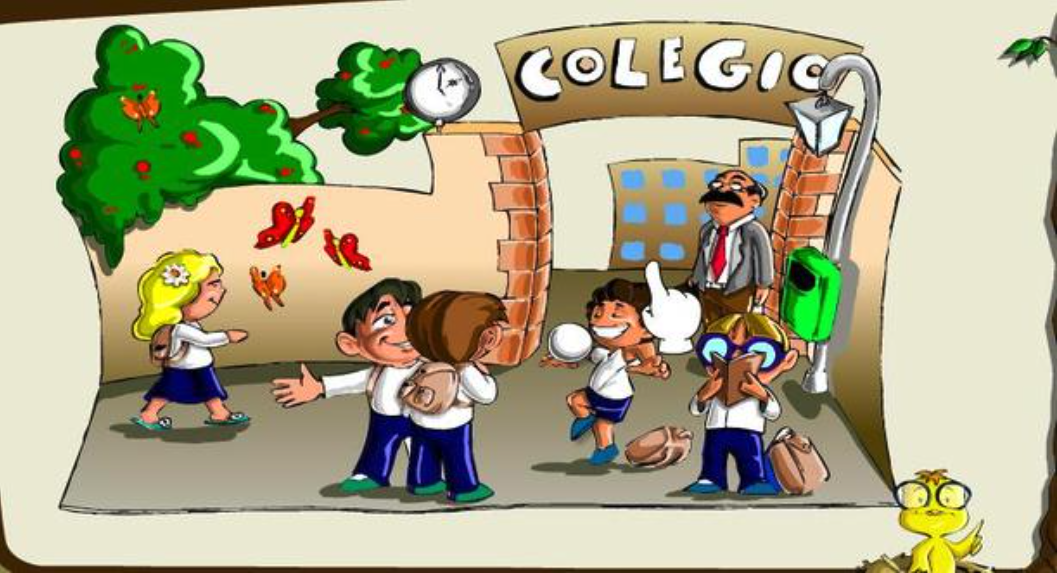©AdobeStock
Psicología
“A María le acaban de cambiar de colegio y tiene que hacer nuevos amigos”. Así comienza la primera de las cinco historias que Mariona Martorell, licenciada en Psicología por la Universidad de Barcelona con posgrado en Terapia Racional Emotivo Conductual, recoge en su primer libro, Esas cosas que nos pasan (Duomo Ediciones). En él, esta madre y psicóloga quiere compartir las cosas que pueden pasarle a los niños y niñas a diario, para normalizarlas y afrontarlas con humor. Porque, como ella misma asegura, “nada mejor que entender y afrontar con humor muchas situaciones”. Algo que aplica en consulta.
No te lo pierdas
De entre esas cinco historias, nos ha llamado la atención, como decimos, la primera de ellas, en la que su protagonista va a cambiar de colegio y no sabe lo que le espera. Una situación a la que se han tenido que enfrentar muchos niños este año, ya sea por un cambio de escuela en sí, por un cambio de ciclo escolar y, por tanto, de clase o porque se han estrenado en el mundo educativo. Es una etapa importante para ellos y, como nos cuenta Mariona Martorell en este primer cuento, pueden sentir muchas cosas:
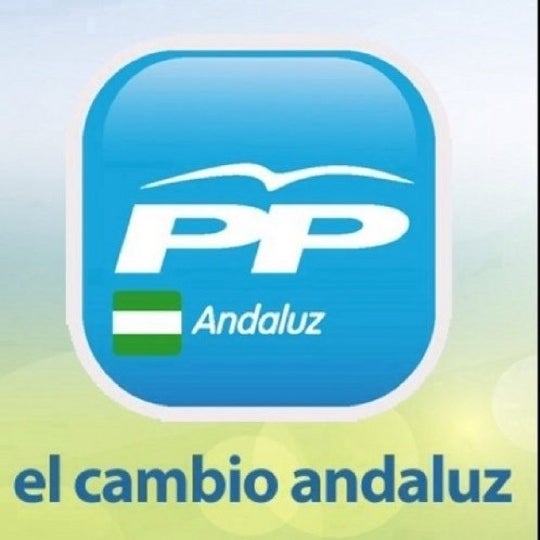
Este y otros comportamientos son más que normales, por lo que no hay que preocuparse. Ni nosotros ni transmitirles a ellos esa preocupación. Para saber cómo afrontar esta situación, hemos querido hablar con Mariona Martorell, para que desde su experiencia en consulta, nos cuente cómo hacerlo.
©Duomo Ediciones
Mariona, ante la llegada por primera vez al aula y el estreno en el colegio, ¿cuáles son las emociones que más frecuentemente nos encontramos en los niños?
Todo depende del niño, porque pueden prevalecer más unas emociones que otras. Aunque, ya sean más o menos extrovertidos, sociables o más o menos tímidos, enfrentarse a un cambio o situación nueva siempre genera cierto estrés. Es salir de su zona de confort y, en algunos casos, ese estrés puede expresarse como excitación, nervios e, incluso, que les cueste dormir por la noche.
En ocasiones, va mucho más allá de eso y aparece el miedo e, incluso, la ansiedad: a la separación de los padres, a vincularse con desconocidos, a estar muchas horas en un lugar extraño con horarios y normas nuevas que no conocen.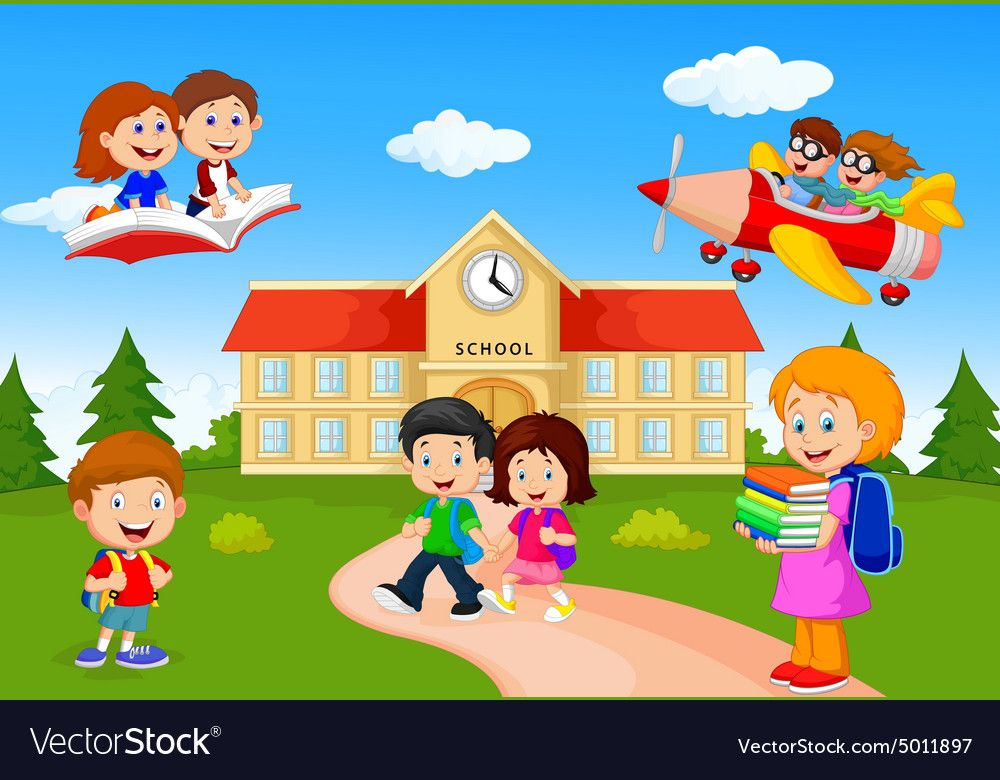 También puede aparecer la tristeza, la irritabilidad y el llanto, con pataletas y comprobando que el niño se rebela en casa. O puede que esté más metido en sí mismo y muy poco comunicativo. Todo esto es normal, el momento del inicio de la escolarización, esas primeras clases nuevas suelen ser un momento bastante estresante para todos: niños, padres y profesores.
También puede aparecer la tristeza, la irritabilidad y el llanto, con pataletas y comprobando que el niño se rebela en casa. O puede que esté más metido en sí mismo y muy poco comunicativo. Todo esto es normal, el momento del inicio de la escolarización, esas primeras clases nuevas suelen ser un momento bastante estresante para todos: niños, padres y profesores.
No te lo pierdas
Y, en el caso de un cambio de colegio o de clase, ¿estas emociones son las mismas?
Depende del niño y de la edad. Puede que se viva como algo muy excitante (con deseo de ser el centro de atención, ganas de conocer nuevas personas, ilusión por descubrir nuevos entornos y dinámicas, por ejemplo) o extremarse en un sentido más negativo para el niño y vivirlo todavía con mucha mayor ansiedad y miedo que en el caso anterior. Ten en cuenta que va a ser “el nuevo”, lo que te posiciona en una situación más vulnerable, te señala y te expone más a la mirada del otro.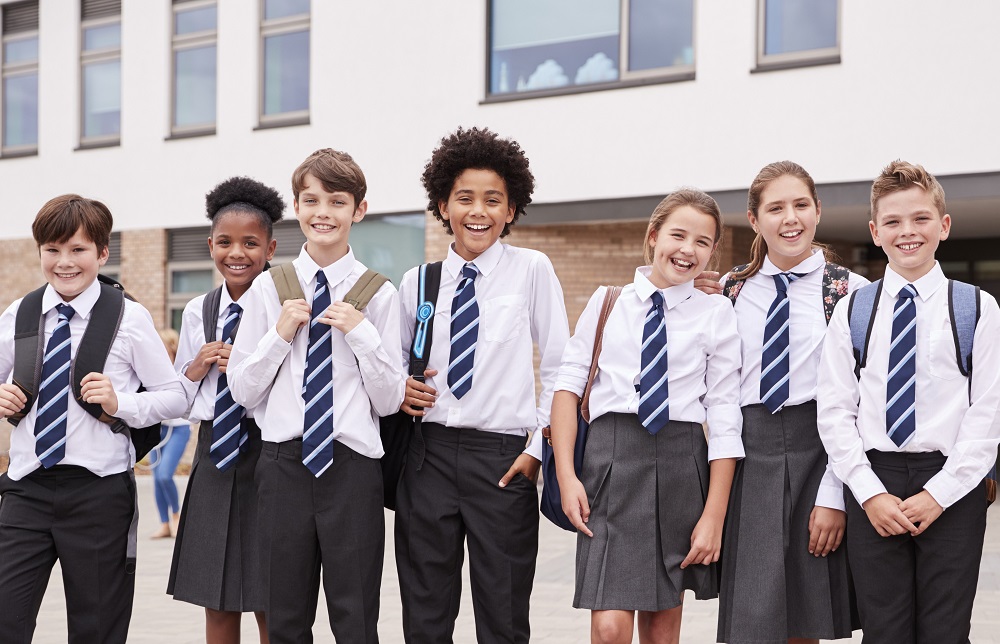 A veces, esto se vive muy mal. ¿Por qué? Porque además, aparece el miedo a estar solo y no hacer amigos, ya que el alumno nuevo entra en un entorno donde las relaciones sociales ya están creadas y él debe hacerse un hueco.
A veces, esto se vive muy mal. ¿Por qué? Porque además, aparece el miedo a estar solo y no hacer amigos, ya que el alumno nuevo entra en un entorno donde las relaciones sociales ya están creadas y él debe hacerse un hueco.
Por otro lado, entran en juego otros factores que tienen que ver con la comparativa de su referente, el antiguo colegio que, muchas veces, se idealiza. En principio, eso sí, todo forma parte de un proceso de adaptación que, de nuevo, poco a poco irá desapareciendo.
No te lo pierdas
En ambos casos, ¿se puede preparar a los niños para este momento?, ¿cómo lo hacemos?
Sí. Mucho. Creo que es importante que los padres mostremos una actitud de ilusión y de ánimo, transmitiéndoles la idea de que los cambios, a la larga, siempre nos aportan cosas buenas y positivas, aunque quizás de entrada no lo veamos. Desde mi punto de vista, prepararlos para ese momento no pasa tanto por decirles que “todo irá bien” sin más, sin darles las herramientas necesarias por si todo no va tan bien, esto es algo que, en realidad, no sabemos.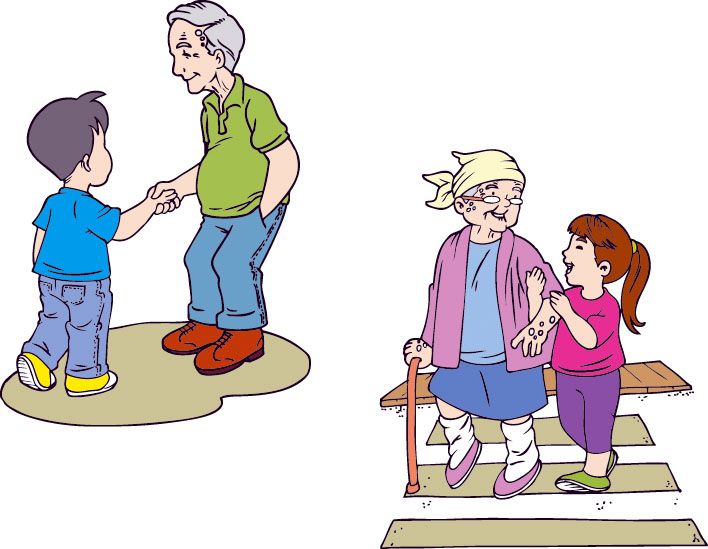 Así, prepararlos es “empoderarlos” ofreciéndoles los recursos necesarios y haciéndoles niños más fuertes y resilientes, que sepan encajar (sin sufrir excesivamente) posibles pequeños fracasos como, por ejemplo, que los primeros días las cosas no vayan tan bien como a ellos les gustaría. Esto es lo que yo llamo en el libro pensamiento poderoso.
Así, prepararlos es “empoderarlos” ofreciéndoles los recursos necesarios y haciéndoles niños más fuertes y resilientes, que sepan encajar (sin sufrir excesivamente) posibles pequeños fracasos como, por ejemplo, que los primeros días las cosas no vayan tan bien como a ellos les gustaría. Esto es lo que yo llamo en el libro pensamiento poderoso.
Este pensamiento consiste en hacer entender al niño que, a veces, las cosas no son como nos gustaría, lo que no quiere decir que sea el fin del mundo ni que vaya a durar para siempre, sino que son cosas que pasan y que, además, muchas veces, nosotros podemos hacer algo para cambiarlas. Se trata de educarles en la cultura del esfuerzo de alguna manera, del “qué puedes hacer tú para mejorar esta situación”. Esto, además, les ayuda a minimizar el drama, verlo como algo normal de la vida a lo que se le puede hacer frente. Por supuesto, todo ello siempre con mucho amor, apoyo y cariño, pero sin llegar a generar falsas expectativas.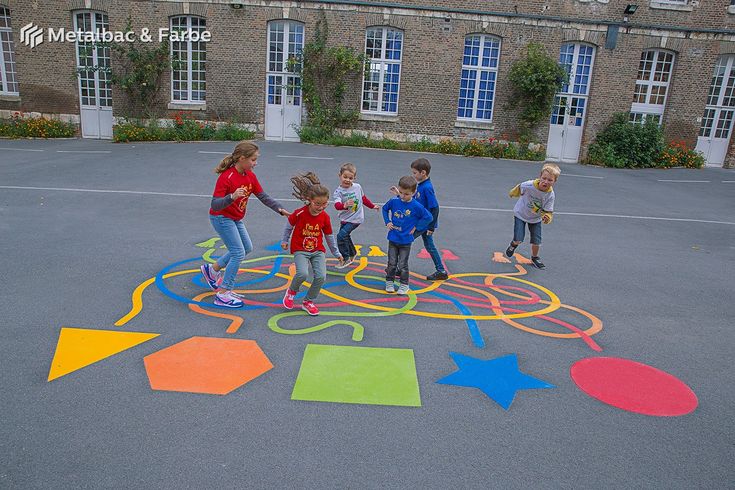 De lo contrario, tendremos niños desubicados y con baja tolerancia a la frustración.
De lo contrario, tendremos niños desubicados y con baja tolerancia a la frustración.
No te lo pierdas
Y si ya llevamos, como ahora, un mes de curso escolar y seguimos con estas sensaciones, ¿cómo podemos ayudarlos?
Siendo muy pacientes con ellos y, como he dicho, dándoles cariño, estando cerca y muy atentos a sus emociones, haciéndoles reír y ofreciéndoles momentos de distensión, disfrute y mimo. Ahora bien, sin caer en la sobreprotección. Ayudarles no significa eso, sino hacerles, poco a poco y con ese mimo, conscientes de que en la vida todos tenemos problemas de un tipo o de otro en algún momento y que todos tenemos que aprender cómo afrontarlos y sobrellevarlos.
Insisto de nuevo en la importancia de enseñarles que ante una situación que no les gusta, quizás puedan hacer algo para cambiarla. Si ante los problemas les enseñamos a posicionarse como parte de la solución y no solo como víctimas, cada vez serán niños más autosuficientes (aunque deben seguir siendo niños, por supuesto), más seguros y más resistentes a los perjuicios con los que inevitablemente se irán encontrando.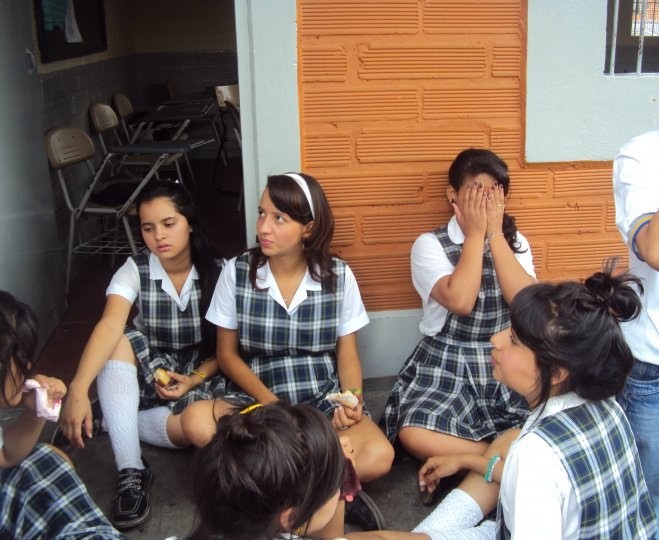 Así sufrirán menos.
Así sufrirán menos.
No te lo pierdas
Y sí, como dices, se enfadan con nosotros, ¿esto puede ocurrir?¿qué hacemos?
Por supuesto. Y muchos niños, de hecho, lo van hacer. Es normal. Me refiero, están en todo su derecho. Pero es importante explicarles los motivos por los que hemos tomado esa decisión, que vean que no es fruto de un capricho nuestro o de una improvisación. Deben entender que esa decisión es de los padres (los niños no pueden decidir algo tan relevante como un cambio de colegio), pero siempre estará tomada de forma consciente y buscando su beneficio, aunque ellos ahora ni lo vean ni lo crean. Nuestra intención siempre será buena, aunque ellos tienen derecho a no estar de acuerdo también. Y, por mucho chantaje que nos hagan, no vamos a cambiar de opinión.
Y es que nuestra seguridad en la decisión les hará sentirse más seguros, verán (y sentirán) que están en manos de personas razonables y que tienen las ideas claras, aunque ellos no las compartan.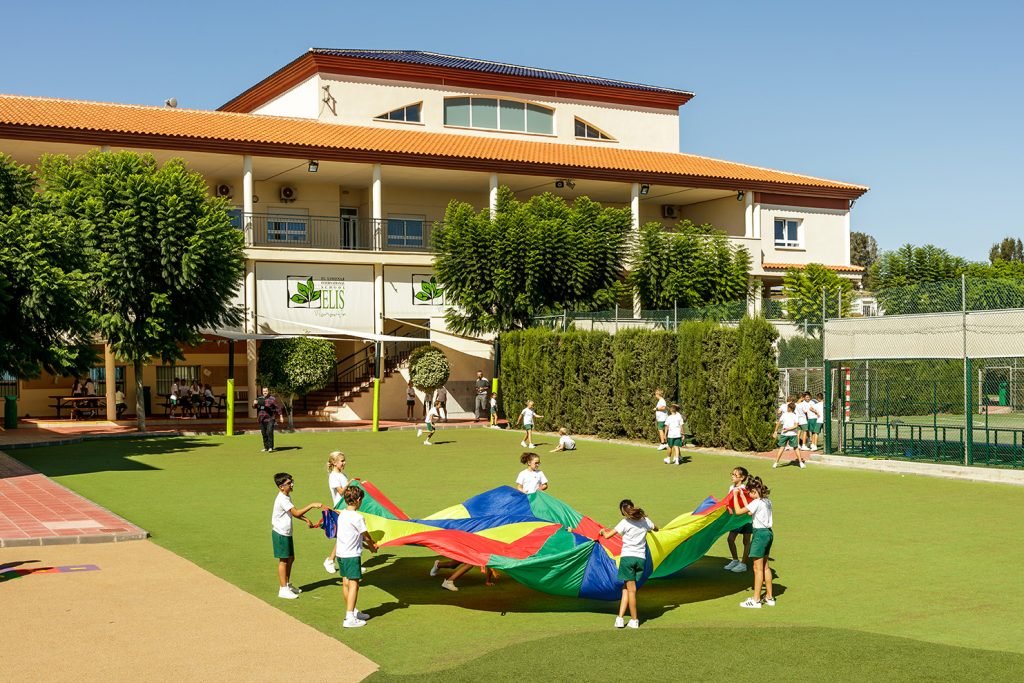
No te lo pierdas
¿Cómo nos ayudan los cuentos como el tuyo en todo esto?
Como madre, los cuentos han sido para mí una herramienta clave. Me han ayudado en muchos sentidos y de muchas formas –acompañar, guiar, enseñar o comunicar-. Para los niños, un cuento es algo lúdico y positivo que representa un momento de placer, cariño, compañía y diversión. Es, además, un medio que habla su lenguaje, que forma parte de su mundo y que conecta con él de una forma directa, instintiva y emocional.
Por todo esto, ante su lectura, los niños siempre tienen una actitud abierta y receptiva, lo que los convierte en un canal súper eficaz para comunicar y transmitir el mensaje o valores que se quieren. Para aprender cosas nuevas, ayudarles a entender conceptos quizás un poco más abstractos, para animarles en momentos bajos y para hacerles soñar. Además, fomentan la imaginación y la creatividad, nos ayudan a educar a nuestros hijos para que sean personas sensibles y empáticas, solidarias y generosas.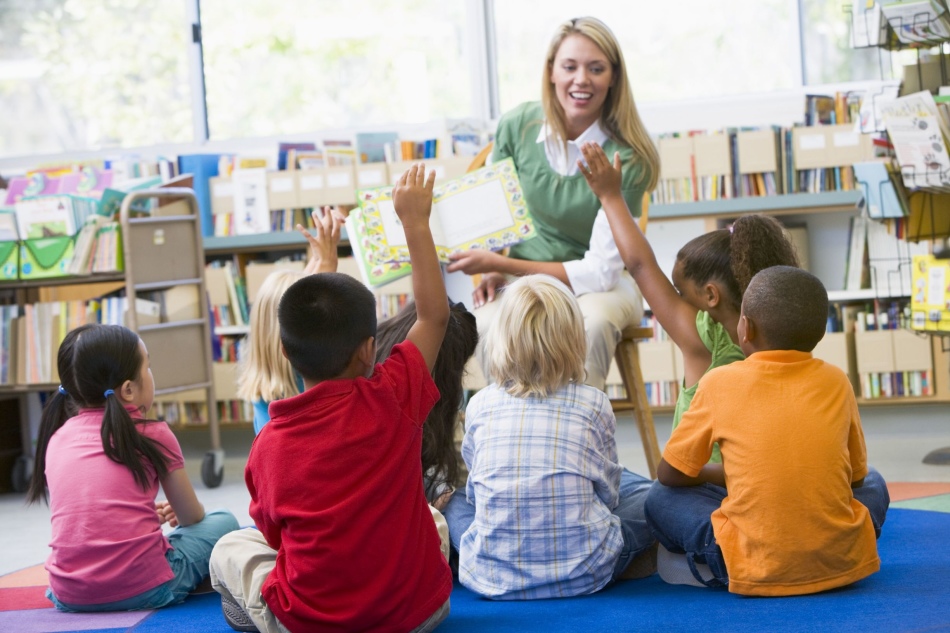 Nos ayudan a enseñarles a ponerse en el lugar de los demás desde que son bien pequeños.
Nos ayudan a enseñarles a ponerse en el lugar de los demás desde que son bien pequeños.
No te lo pierdas
Si, como hemos comentado, llevas unos cuantos días en el colegio y no sientes que tu hijo se está adaptando bien, la protagonista del primer cuento, María, te deja estos consejos:
© ¡HOLA! Prohibida la reproducción total o parcial de este reportaje y sus fotografías, aun citando su procedencia.
Cambiar a un niño de colegio es una decisión difícil, sobre todo porque afecta a los lazos emocionales que ha establecido desde pequeño con su grupo de amigos. Pero, aunque por lo general no sea lo más adecuado para el menor, en ocasiones un traslado de domicilio o problemas importantes del alumno en el centro educativo convierten el cambio en la opción más conveniente. Pero, ¿se puede hacer en cualquier momento del curso? Como explicamos en las siguientes líneas, en los centros privados sí es posible, pero en la escuela pública o concertada solo se puede realizar si hay causas objetivas justificadas. Y otro apunte: no se permite variar de colegio durante el tercer trimestre.
Pero, aunque por lo general no sea lo más adecuado para el menor, en ocasiones un traslado de domicilio o problemas importantes del alumno en el centro educativo convierten el cambio en la opción más conveniente. Pero, ¿se puede hacer en cualquier momento del curso? Como explicamos en las siguientes líneas, en los centros privados sí es posible, pero en la escuela pública o concertada solo se puede realizar si hay causas objetivas justificadas. Y otro apunte: no se permite variar de colegio durante el tercer trimestre.
Escoger el colegio más conveniente para un hijo es una decisión muy meditada, por lo que no es habitual cambiarlo de centro, y menos aún hacerlo en mitad del curso. Sin embargo, aunque por lo general no sea lo más adecuado para el niño, en ocasiones «por cuestiones de cambio de ciudad de residencia, por problemas o disconformidades en el anterior colegio, etc.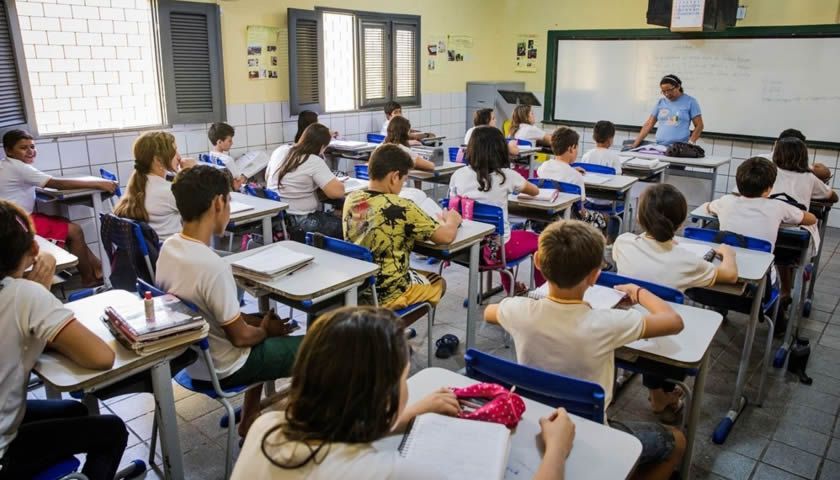 », la familia no tiene otro remedio o considera que es lo más adecuado para su hijo, como explican desde la Asociación de Colegios Privados e Independientes (CICAE).
», la familia no tiene otro remedio o considera que es lo más adecuado para su hijo, como explican desde la Asociación de Colegios Privados e Independientes (CICAE).
🔹 Si el cambio responde a un traslado, casi todas las familias esperan a que termine el curso, salvo que reste mucho tiempo para terminar.
🔹 Si se debe a otro tipo de causas (acoso escolar, problemas académicos, discrepancias con el modelo educativo…), los cambios de centro «se suelen solicitar en enero, una vez finalizado el primer trimestre, pero son excepciones», añaden.
Imagen: Free-Photos
Sea por unas causas u otras, si decides cambiar a tu hijo de centro antes de finalizar el curso debes tener en cuenta que «las competencias en materia de Educación están transferidas y cada comunidad autónoma tiene unas normas concretas«, tal y como señala Leticia Cardenal, presidenta de la Confederación Española de Asociaciones de Padres y Madres del Alumnado (CEAPA).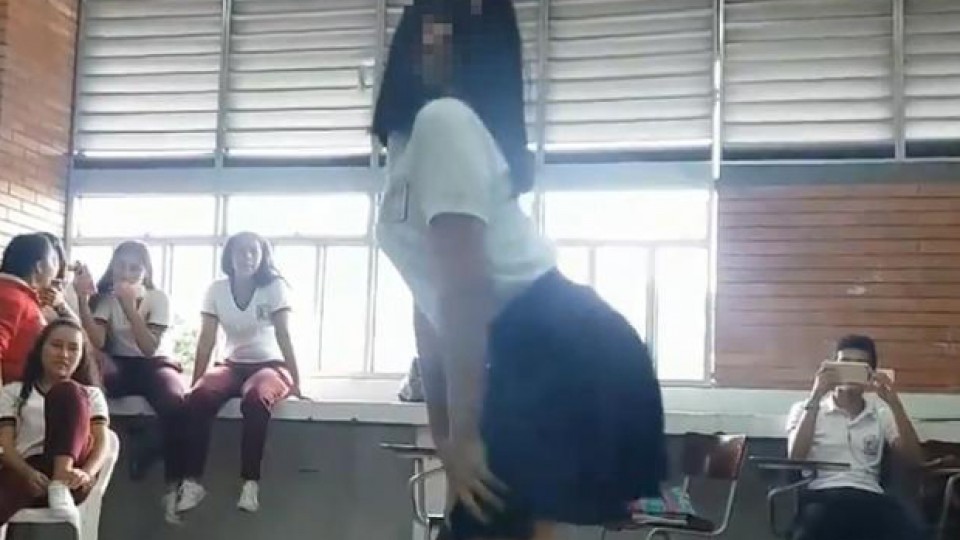
Por ello es importante que acudas a informarte a la Dirección Provincial de la Consejería de Educación de la comunidad en que residas.
En general, las mayores diferencias en este aspecto son las siguientes:
En la escuela pública y concertada
Para cambiar a tu hijo de centro sin terminar el curso deben darse un conjunto de circunstancias objetivas «debidamente justificadas y que revistan carácter excepcional», recuerda Leticia Cardenal.
En el caso de los colegios privados
Un alumno «puede cambiarse de colegio a un centro privado en cualquier momento«, aseguran desde CICAE. Para ello, lo habitual es haber tenido antes una entrevista con la dirección con el fin de poner al corriente de las circunstancias concretas del alumno y que el nuevo centro analice el caso en particular.
Así, «el estudiante que se incorpora al curso se integrará en las mejores condiciones y recibirá el apoyo académico y de orientación que necesite», apuntan desde CICAE.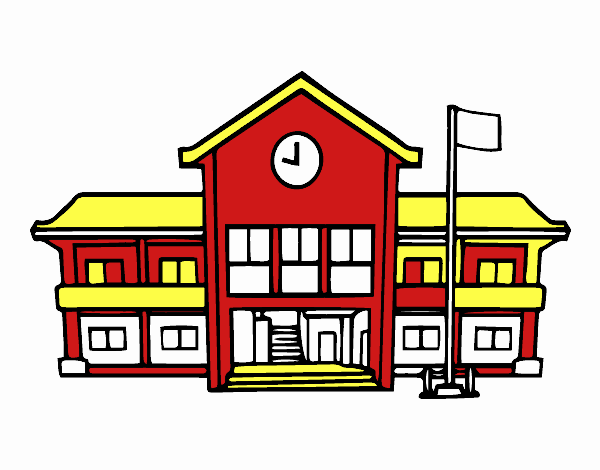
Lo primero que hay que hacer para cambiar a un niño de colegio en mitad de curso es asegurarse de que hay plaza en otro centro educativo. Además, hay que realizar algunas gestiones:
Escuela pública y concertada
No siempre es sencillo trasladar al estudiante de un centro a otro de la misma zona. Cuando te confirmen que hay plaza, es el colegio el que se encarga de todos los trámites burocráticos. Como dice Corrales, ya que no se puede cambiar sin una causa objetiva justificada, se requiere normalmente documentación que justifique el traslado:
Escuela privada
Si quieres llevar a tu hijo a un colegio privado, tienes que pedir el certificado de traslado a su centro y facilitarlo al nuevo en el que quieres matricularle.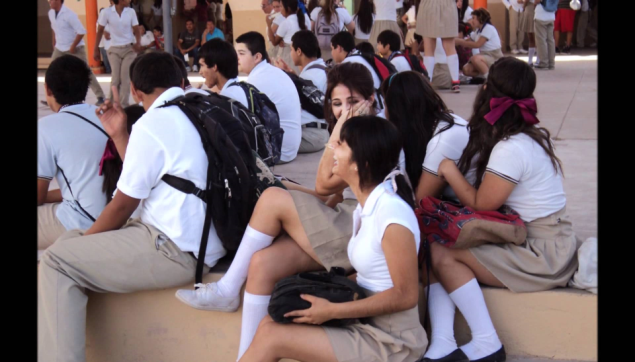
Después, ya no debes hacer nada más, ya que «el nuevo centro solicitará al anterior colegio las calificaciones, el historial y toda la documentación académica del alumno», indican desde CICAE.
Si quieres cambiarte de instituto o de curso de FP, como en los casos anteriores, dependerá del tipo de centro (público, concertado o privad) donde estás estudiando la ESO, el Bachillerato o el ciclo formativo. Las razones para el traslado deben ser objetivas y estar justificadas.
Si el deseo del cambio responde a una elección desacertada de optativas, no será fácil. Si te conceden el traslado de centro, es probable que debas terminar con las mismas optativas que tenías en el anterior.
Además, en estos casos, al matricularte en el curso siguiente (por ejemplo, 2º Bachillerato de Artes, si vienes de Ciencias), deberás hacer también las asignaturas correspondientes a esa opción del curso anterior (es decir, las optativas de 1º Bachillerato de Artes, siguiendo el mismo ejemplo).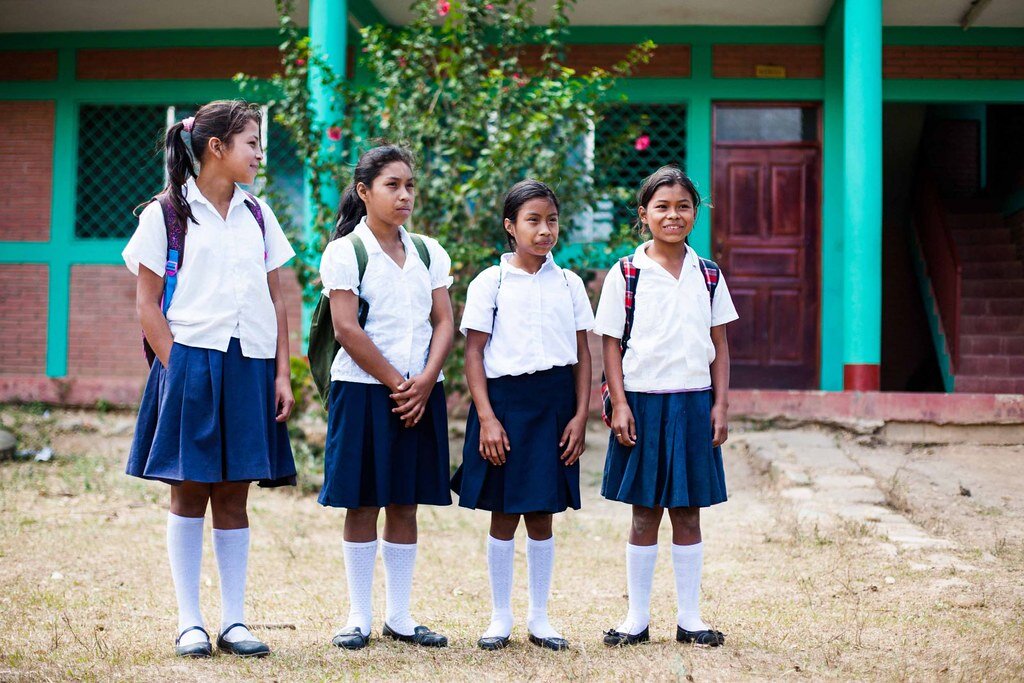
Imagen: markusweber93
¿Qué colegio evalúa al niño ese curso?
Es posible que en el colegio de destino se realice una prueba académica y de conocimientos al alumno para poder estudiar su correcta integración en el curso. Por ejemplo, de su nivel de lectoescritura, gramática, expresión…
Y al final del curso escolar será el nuevo centro el encargado de evaluar al estudiante. Sin embargo, para ello solicita al antiguo colegio las calificaciones del periodo que el alumno haya cursado en ese centro y siempre las tiene muy en cuenta para la evaluación final. Por tanto, se evalúa al niño «según lo aprendido, las notas del antiguo colegio y las del nuevo centro», aseguran desde CICAE.
¿Se puede cambiar a un niño de clase? ¿Y por qué motivos?
Una opción menos drástica que el cambio de centro es el cambio de clase. A veces, el problema que exista puede deberse al entorno, y con el cambio de compañeros o profesores es suficiente.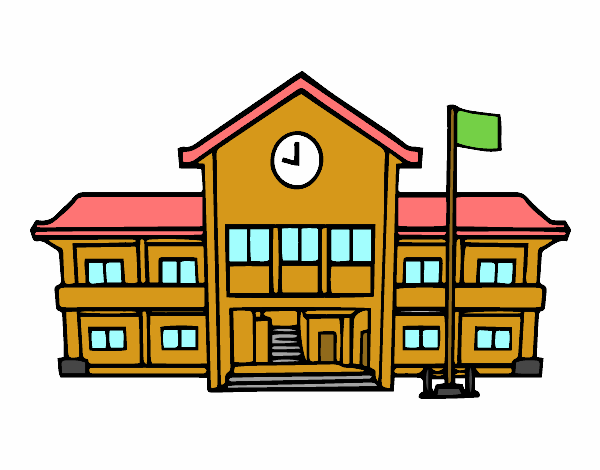
Los motivos para solicitar que tu hijo cambie de clase deben ser de peso y estar justificados (por ejemplo, acoso escolar). Tras escuchar a los padres y (si tiene edad suficiente) al alumno, se decidirá sobre la cuestión.
En general, esta decisión corresponde al tutor, jefe de estudios y dirección del centro, que tendrán en cuenta también la opinión del orientador.
Raphael (full name Raffaello Sanzi or Santi), Italian painter and architect of the Italian High Renaissance. Raphael is best known for his Madonnas and for his large figure compositions at the Vatican in Rome. His work is admired for its clarity of form and lightness of composition, and for its visual achievement of the Neoplatonic ideal of human greatness.
Saint Sebastian / St. Sebastian. 1502 Rafael
Raphael was the son of Giovanni Santi and Magia di Battista Ciarla; his mother died in 1491.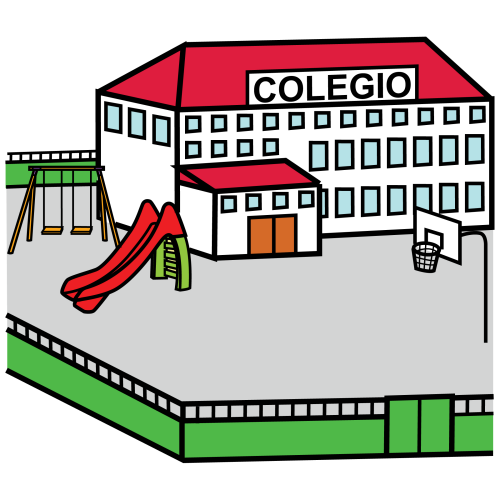 His father was, in the words of the 16th-century painter and biographer Giorgio Vasari, an artist “of little merit.” However, he was a man of culture who was in constant contact with the advanced artistic ideas that were common at the court of Urbino. He gave his son his first instruction in painting, and before his death in 1494, when Raphael was 11 years old, he introduced the boy to humanistic philosophy at court.
His father was, in the words of the 16th-century painter and biographer Giorgio Vasari, an artist “of little merit.” However, he was a man of culture who was in constant contact with the advanced artistic ideas that were common at the court of Urbino. He gave his son his first instruction in painting, and before his death in 1494, when Raphael was 11 years old, he introduced the boy to humanistic philosophy at court.
Urbino became a center of culture during the reign of Duke Federico da Montefeltro, who encouraged the arts and attracted people of outstanding talent to his court, including Donato Bramante, Piero della Francesca and Leon Battista Alberti. Although Raphael was influenced by the major artists of Florence and Rome, Urbino became the basis for all his subsequent studies. In addition, the cultural vitality of the city probably stimulated the exceptional precocious personality of the young artist, who even at the beginning of the 16th century, when he was barely 17 years old, already showed extraordinary talent.
Angel (detail of the Baronci altarpiece). 1501 Raphael
The date of Raphael’s arrival in Perugia is unknown, but some scholars place it in 1495. The first record of Raphael’s activity as a painter is in a document dated December 10, 1500, which states that the young artist, by then referred to as “the master”, was commissioned to help paint the altarpiece, to be completed by September 13, 1502. From this it is clear that Raphael had already proven his skill, so much so that between 1501 and 1503 he received the rather important commission to paint the Coronation of the Virgin Mary for the Oddi Chapel in the Church of San Francesco, Perugia (and now in the Vatican Museum, Rome). The great Umbrian master Pietro Perugino frescoed at the Collegio del Cambio in Perugia between 1498 and 1500 years, which allowed Raphael, as a member of his workshop, to acquire extensive professional knowledge.
Sposalisio (Engagement of the Virgin Mary). 1504 Raphael
1504 Raphael
In addition to this practical instruction, Perugino’s calm, refined style also influenced Raphael. The Handover of the Keys to Saint Peter, painted in 1481-82 by Perugino for the Sistine Chapel of the Vatican Palace in Rome, inspired Raphael’s first major work, The Marriage of the Virgin Mary (1504; Brera Gallery, Milan). Perugino’s influence is evident in the emphasis on perspectives, in the graduated relationship between figures and architecture, and in the lyrical sweetness of the figures. However, even in this early painting it is clear that Raphael’s sensibility was different from that of his teacher. The arrangement of the figures is less tightly bound to the architecture, and the arrangement of each figure in relation to the others is more informal and lively. The sweetness of the figures and the tender relationship between them surpass everything that is in the works of Perugino.
Three graces. 1505 Raphael
Three small paintings painted by Raphael shortly after the Marriage of the Virgin – “The Vision of a Knight”, “The Three Graces” and “Saint Michael” – are masterful examples of narrative painting, demonstrating, along with youthful freshness, a mature ability to control elements of their own style . Although he had learned much from Perugino, Raphael by the end of 1504 needed other models to work with; it is clear that his desire for knowledge made him look beyond Perugia.
Although he had learned much from Perugino, Raphael by the end of 1504 needed other models to work with; it is clear that his desire for knowledge made him look beyond Perugia.
Vasari vaguely relates that Raphael followed the Perugian painter Bernardino Pinturicchio to Siena and then went to Florence, attracted by stories of the work that Leonardo da Vinci and Michelangelo were doing in that city. By the autumn of 1504 Raphael had undoubtedly arrived in Florence. It is not known whether this was his first visit to Florence, but, as his works testify, around 1504 he first came into significant contact with this artistic civilization, which strengthened all the ideas he had already acquired, as well as opened to him new and wider horizons. Vasari writes that he studied not only the works of Leonardo, Michelangelo and Fra Bartolomeo, who were masters of the High Renaissance, but also “the old things of Masaccio,” the pioneer of naturalism, who marked the early Renaissance’s departure from the Gothic.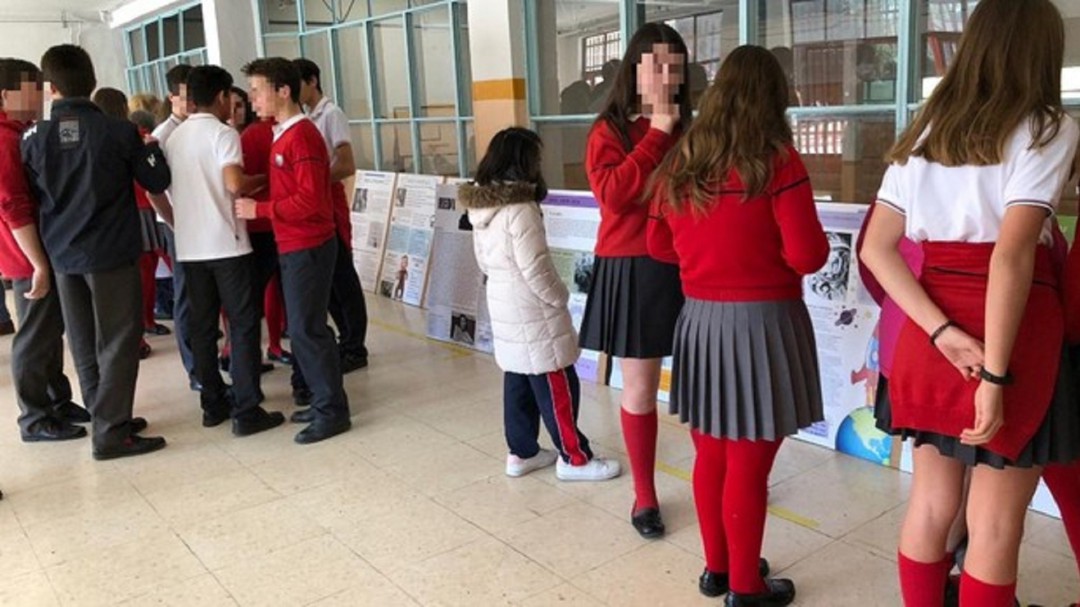
Belvedere Madonna (Madonna del Prato). 1506 Raphael
His main teachers in Florence were Da Vinci and Michelangelo. Many of the works completed by Raphael between 1505 and 1507, in particular a large series of Madonnas, including Madonna with a Goldfinch (circa 1505; Uffizi Gallery, Florence), Madonna del Prato (circa 1505; Kunsthistorisches Museum , Vienna), the Esterhazy Madonna (c. 1505-07; Museum of Fine Arts, Budapest) and La Belle Jardiniere (c. 1507; Louvre, Paris) are marked by the influence of Leonardo, who lived in Paris from 1480. he made great innovations in painting. Raphael was particularly influenced by Leonardo’s Madonna and Child with Saint Anna, which are characterized by an intimacy and simplicity of decoration unusual for 15th-century art.
Raphael learned the Florentine method of building his composition in depth using pyramidal shaped masses; the figures are grouped as a whole, but each retains its individuality and form. A new unity of composition and the suppression of the unimportant distinguish the works he wrote in Florence.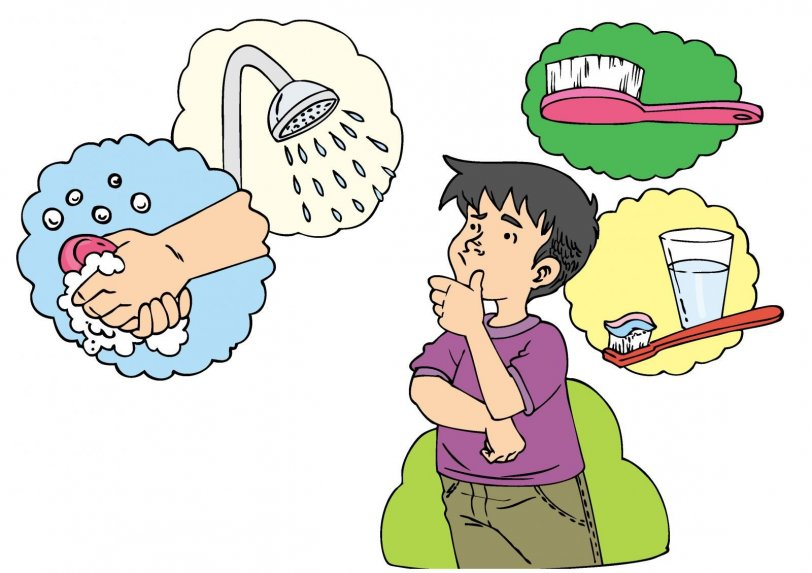 Raphael also owes much to Leonardo’s lighting technique; he made moderate use of Leonardo’s chiaroscuro (i.e., the strong contrast between light and dark), and he was particularly influenced by his sfumato (i.e., the use of extremely subtle, soft shading instead of line to delineate shapes and features). However, Raphael went further than Leonardo, creating new types of figures, whose round, delicate faces reveal uncomplicated and typically human feelings, but raised to sublime perfection and serenity.
Raphael also owes much to Leonardo’s lighting technique; he made moderate use of Leonardo’s chiaroscuro (i.e., the strong contrast between light and dark), and he was particularly influenced by his sfumato (i.e., the use of extremely subtle, soft shading instead of line to delineate shapes and features). However, Raphael went further than Leonardo, creating new types of figures, whose round, delicate faces reveal uncomplicated and typically human feelings, but raised to sublime perfection and serenity.
In 1507, Raphael was commissioned to paint the Deposition of Christ, now in the Borghese Gallery in Rome. In this work, it is clear that Raphael deliberately sought to learn from Michelangelo the expressive possibilities of human anatomy. But Raphael differed from Leonardo and Michelangelo, who were both painters of dark intensity and excitement, in that he wanted to develop a calmer and more extroverted style that would serve as a popular, public form of visual communication.
Raphael was summoned to Rome at the end of 1508 by Pope Julius II at the suggestion of the architect Donato Bramante.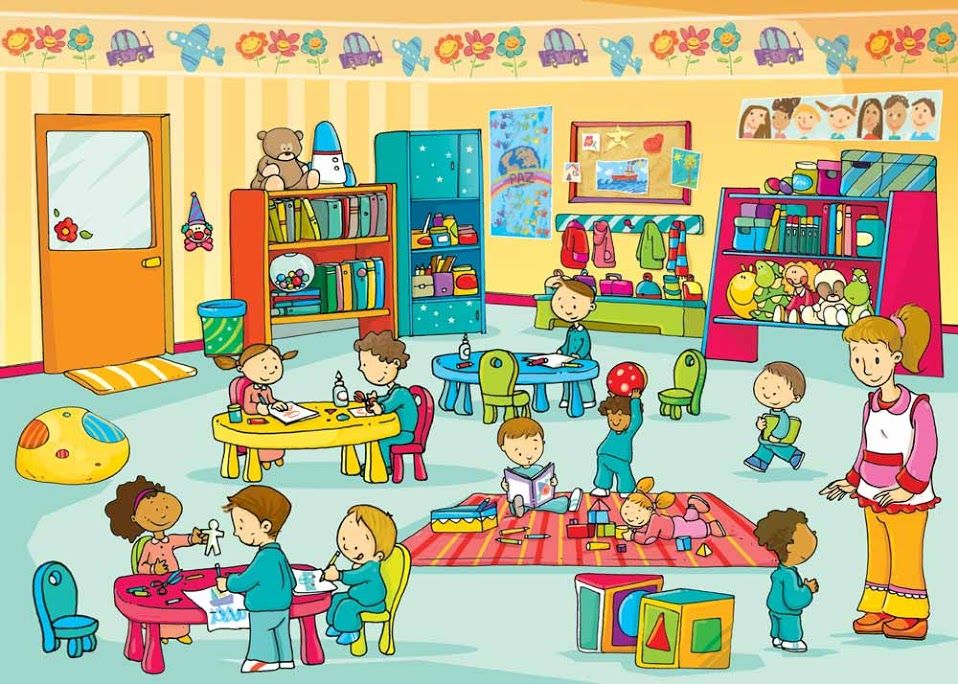 At that time, Raphael was little known in Rome, but the young man soon made a deep impression on the fickle Julius and the papal court, and his authority as a master grew day by day. Raphael was endowed with good looks and great personal charm in addition to his amazing artistic talents, and he eventually became so popular that he was called “the prince of artists.”
At that time, Raphael was little known in Rome, but the young man soon made a deep impression on the fickle Julius and the papal court, and his authority as a master grew day by day. Raphael was endowed with good looks and great personal charm in addition to his amazing artistic talents, and he eventually became so popular that he was called “the prince of artists.”
Raphael spent the last 12 years of his short life in Rome. These were years of hectic activity and successive masterpieces. His first task in the city was to paint a cycle of frescoes in a suite of medium-sized rooms in the papal apartments of the Vatican, in which Julius himself lived and worked; these rooms are known simply as Stanzas. The Stanza della Segnura (1508-11) and the Stanza d’Eliodoro (1512-14) were decorated almost entirely by Raphael himself; the frescoes in the Strofa del Incendio (1514-17), although designed by Raphael, were mostly executed by his many assistants and students.
Athens School.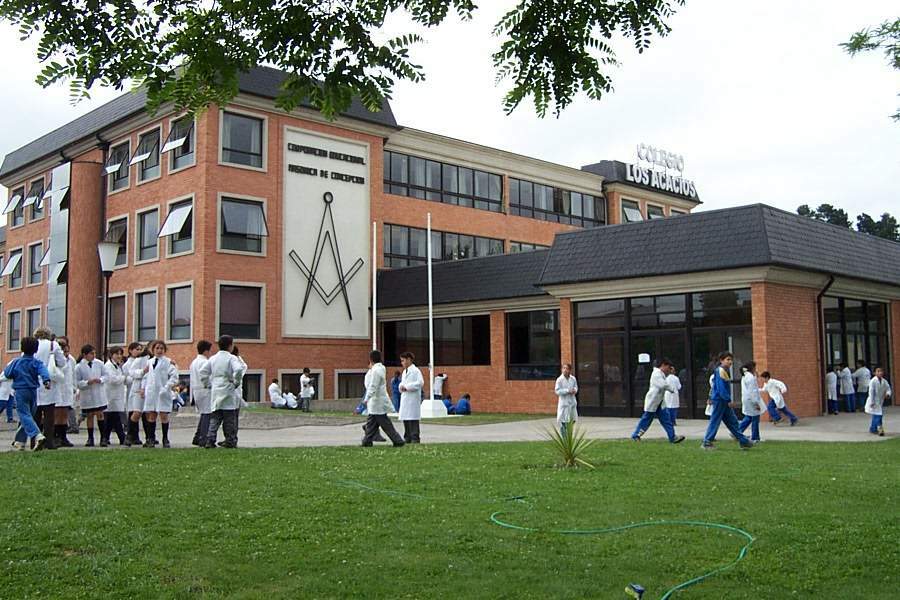 1509 Raphael
1509 Raphael
The decoration of the Stanza della Senyatura was perhaps Raphael’s greatest work. Julius II was a highly cultured man who surrounded himself with the most prominent personalities of the Renaissance. He commissioned Bramante to build a new St. Peter’s Basilica to replace the original 4th-century church; he encouraged Michelangelo to decorate his tomb and forced him against his will to decorate the ceiling of the Sistine Chapel; and, sensing the genius of Raphael, he placed in his hands the interpretation of the philosophical scheme of the frescoes in the Stanza della Segnura. This theme was the historical justification for the power of the Roman Catholic Church through Neoplatonic philosophy.
Parnassus. 1510 Raphael
The four main frescoed walls in the Stanza della Segnura are occupied by the Disputation and the School of Athens on the larger walls and Parnassus and the Cardinal Virtues on the smaller walls. The two most important of these frescoes are the Dispute and the School of Athens. The disputation, which demonstrates the heavenly vision of God and his prophets and apostles over the assembly of representatives, past and present, of the Roman Catholic Church, equates, through its iconography, the triumph of the church and the triumph of truth. The School of Athens is an elaborate allegory of secular knowledge or philosophy, depicting Plato and Aristotle surrounded by philosophers past and present in a magnificent architectural setting; it illustrates the historical continuity of Platonic thought.
The disputation, which demonstrates the heavenly vision of God and his prophets and apostles over the assembly of representatives, past and present, of the Roman Catholic Church, equates, through its iconography, the triumph of the church and the triumph of truth. The School of Athens is an elaborate allegory of secular knowledge or philosophy, depicting Plato and Aristotle surrounded by philosophers past and present in a magnificent architectural setting; it illustrates the historical continuity of Platonic thought.
The School of Athens is perhaps the most famous of all Raphael’s frescoes and one of the culminating works of the High Renaissance. Here Raphael fills an ordered and stable space with figures in a rich variety of postures and gestures that he controls, so that one group of figures leads to the next in an intertwining and interconnected pattern, drawing attention to the central figures of Plato and Aristotle at the point of intersection of perspective space. The space in which philosophers gather is defined by the pilasters and barrel vaults of a large basilica based on Bramante’s design for the new St.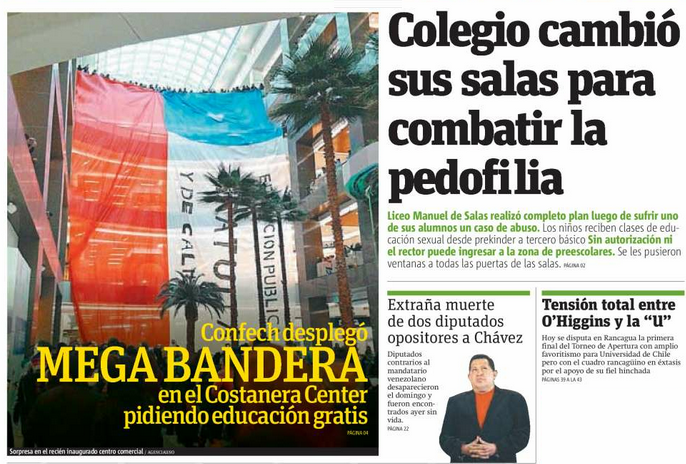 Peter’s in Rome. The overall effect of the fresco is majestic calm, clarity and balance.
Peter’s in Rome. The overall effect of the fresco is majestic calm, clarity and balance.
Triumph of Galatea. 1511 Raphvel
At about the same time, probably in 1511, Raphael painted an even more secular painting – “The Triumph of Galatea” at the Villa Farnesina in Rome; this work was perhaps the most successful embodiment of the living spirit of classical antiquity during the High Renaissance. Meanwhile, Raphael continued to decorate the papal apartments after the death of Julius in 1513 and in the subsequent pontificate of Leo X until 1517. Unlike the generalized allegories in the Stanza della Segnura, the decorations in the second room, the Stanza d’Eliodoro, depict specific miraculous events in the history of the Christian church. The four main plots are “The Expulsion of Heliodorus from the Temple”, “The Miracle at Bolsena”, “The Liberation of St. Peter” and “Leo I Stopping Attila”.
These frescoes are deeper and richer in color than those in the previous room, and they show a new boldness on Raphael’s part both in their dramatic subjects and in their unusual effects of light.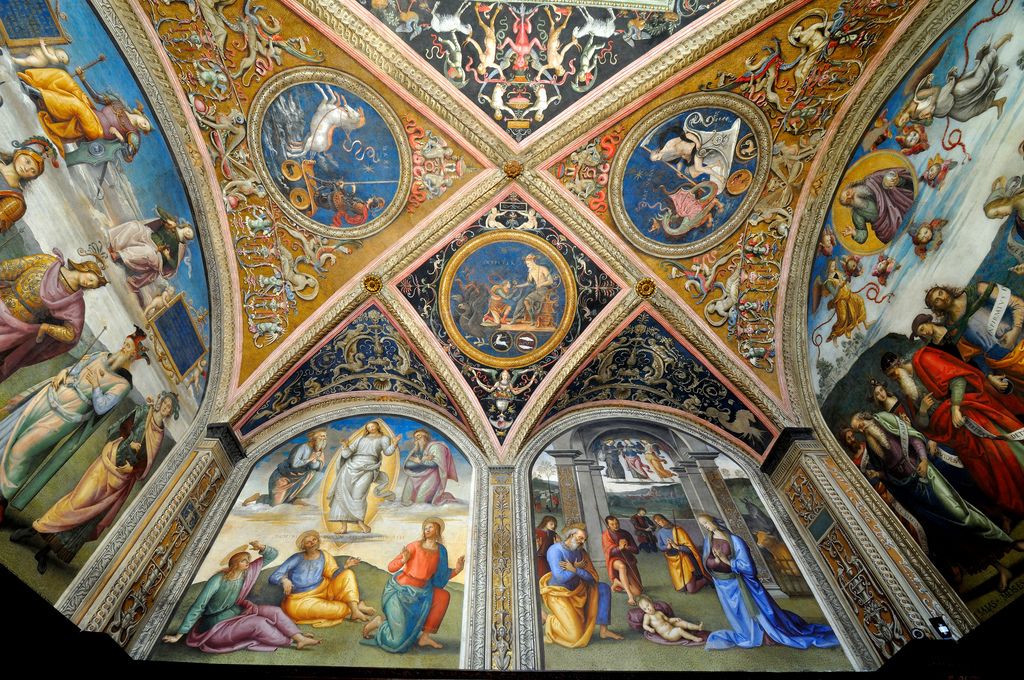 The Liberation of Saint Peter, for example, is a night scene and contains three separate lighting effects – moonlight, a torch carried by a soldier, and supernatural light emanating from an angel. Raphael commissioned his assistants to decorate the third room, the Stanze dell’Incendio, with the exception of one fresco, The Fire at Borgo, in which his desire for more dramatic pictorial episodes and his continued study of male nudes are clearly evident.
The Liberation of Saint Peter, for example, is a night scene and contains three separate lighting effects – moonlight, a torch carried by a soldier, and supernatural light emanating from an angel. Raphael commissioned his assistants to decorate the third room, the Stanze dell’Incendio, with the exception of one fresco, The Fire at Borgo, in which his desire for more dramatic pictorial episodes and his continued study of male nudes are clearly evident.
Madonna of Loreta (Madonna del Velo). 1510 Raphael
The Madonnas that Raphael painted in Rome show how he turns away from the calm and softness of his early works to emphasize the qualities of energetic movement and grandeur. His Alba Madonna (1508; National Gallery, Washington) epitomizes the serene sweetness of the Florentine Madonnas, but shows a new maturity of emotional expression and the highest technical sophistication in the poses of the figures. It was followed by the Madonna di Foligno (1510; Vatican Museum) and the Sistine Madonna (1513; Gemaldegalerie, Dresden), which show both the richness of color and the new boldness in the compositional inventions characteristic of Raphael’s Roman period.
Some of his other late Madonnas, such as Francis I Madonna (Louvre), are remarkable for their exquisite elegance. Among his other accomplishments, Raphael became the most important portrait painter in Rome during the first two decades of the 16th century. He introduced new types of representation and new psychological situations for his sitters, as can be seen in the portrait of Leo X with two cardinals (1517-19; Uffizi, Florence). Raphael’s finest work in this genre is perhaps the Portrait of Baldassare Castiglione (1516; Louvre), a brilliant and captivating study of character.
Leo X commissioned Raphael to design 10 large tapestries to hang on the walls of the Sistine Chapel. Seven of the ten caricatures (full-sized preparatory drawings) were completed by 1516, and the tapestries woven after them were hung in the chapel by 1519. The tapestries themselves are still in the Vatican, while seven of Raphael’s original drawings are in the British Royal Collection and are on display at the Victoria and Albert Museum in London.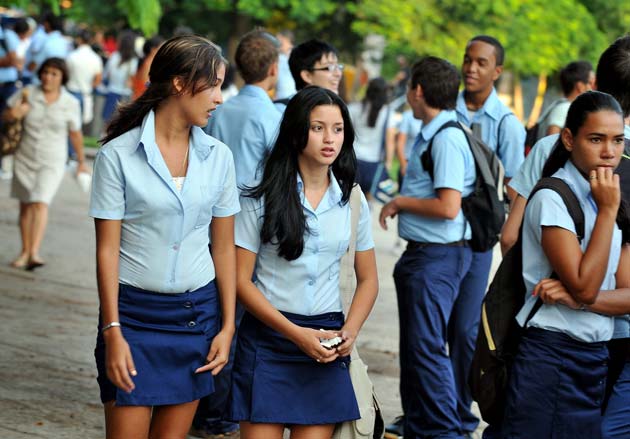 These cartoons depict Christ’s Commission to Peter, the Miraculous Throat of the Fish, the Death of Ananias, the Healing of the Lame Man, the Blinding of Elima, the Sacrifice at Lystra, and the Sermon of Saint Paul in Athens. In these paintings, Raphael created prototypes that would influence the European tradition of narrative history painting for centuries to come. The paintings demonstrate Raphael’s keen sense of drama, his use of gestures and facial expressions to express emotion, and the incorporation of authentic physical parameters from both the natural world and ancient Roman architecture.
These cartoons depict Christ’s Commission to Peter, the Miraculous Throat of the Fish, the Death of Ananias, the Healing of the Lame Man, the Blinding of Elima, the Sacrifice at Lystra, and the Sermon of Saint Paul in Athens. In these paintings, Raphael created prototypes that would influence the European tradition of narrative history painting for centuries to come. The paintings demonstrate Raphael’s keen sense of drama, his use of gestures and facial expressions to express emotion, and the incorporation of authentic physical parameters from both the natural world and ancient Roman architecture.
While he was working at the Stanza della Segnatura, Rafael also did his first architectural work, designing the church of Sant Eligio degli Orefici. In 1513 the banker Agostino Chigi, whose Villa Farnesina had already been decorated by Raphael, commissioned him to design and decorate his funerary chapel in the church of Santa Maria del Popolo. In 1514 Leo X chose him to work on St. Peter’s Basilica with Bramante; and when Bramante died later that year, Raphael took over the direction of the work, changing the plans for the church from a Greek, or radial, to a Latin, or longitudinal, design.
Raphael was also a keen student of archeology and ancient Greco-Roman sculpture, echoes of which are visible in his paintings of the human figure in the Roman period. In 1515, Leo X instructed him to look after the preservation of marble with valuable Latin inscriptions; two years later he was appointed Commissioner of Antiquities of the city and drew up an archaeological map of Rome. By this time, Raphael had been placed in charge of virtually all of the various artistic projects of the papacy in Rome, including architecture, painting and decoration, and the preservation of antiquities.
Raphael’s last masterpiece is the Transfiguration (commissioned in 1517), a huge altarpiece that was unfinished after his death and completed by his assistant Giulio Romano. It now hangs in the Vatican Museum. Transfiguration is a complex work that combines extreme formal polish and elegance of execution with an atmosphere of tension and violence conveyed by the agitated gestures of closely huddled groups of figures.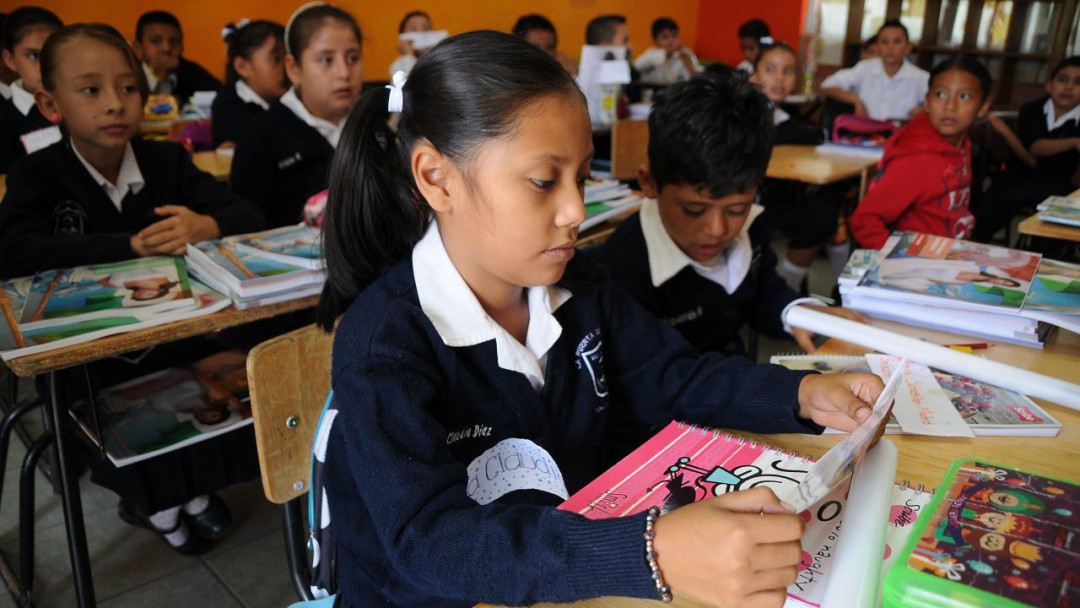 It shows a new sensibility which is like foreseeing a new world, turbulent and dynamic; in his feeling and composition, he initiated the Mannerist movement and gravitates towards an expression that can even be called baroque.
It shows a new sensibility which is like foreseeing a new world, turbulent and dynamic; in his feeling and composition, he initiated the Mannerist movement and gravitates towards an expression that can even be called baroque.
Rafael died on his 37th birthday. A funeral mass was celebrated in his honor at the Vatican, his “Transfiguration” was placed at the head of the coffin, and his body was buried in the Pantheon in Rome.
Perugia, the capital of Umbria, is an attractive city with medieval architecture that teems with students of different nationalities studying at the local university for foreigners (Universita per Stranieri).
Content of Article
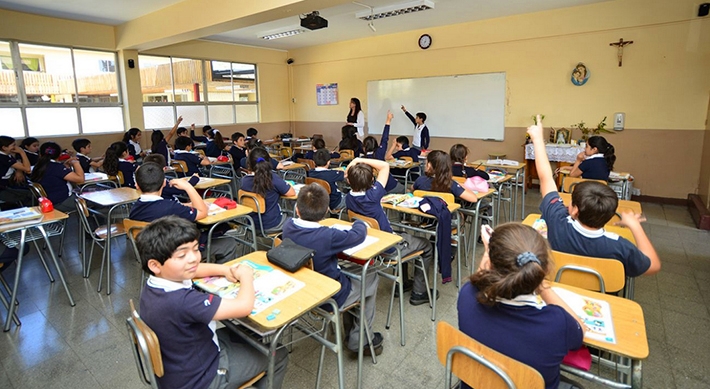 The tour desk is located at Piazza IV Novembre 3, where you can get a free Little Blue What To Do guide. There are two HI hostels: Spagnoli 1 kilometer from the station, on Via Cortonese 4, and Ponte Felcino on Via Manicomi 97 (bus number 8 from the station).
The tour desk is located at Piazza IV Novembre 3, where you can get a free Little Blue What To Do guide. There are two HI hostels: Spagnoli 1 kilometer from the station, on Via Cortonese 4, and Ponte Felcino on Via Manicomi 97 (bus number 8 from the station).
Train station
A nice alternative is the Centro Internazionale di Accoglienza per la Gioventu on Via Bontempi 13, a stone’s throw from the cathedral. As for hotels, the two-star Hotel Rosalba on Via del Circo 7 with air conditioning and free parking is recommended, as well as the elegant and inexpensive Hotel Etruria on Via della Luna 21. A good option is the Anna Hotel on Via dei Priori 48, housed in a 17th-century convent.
The main street of Perugia is Corso Vannucci, at the far end of which is the austere Piazza Quattro Novembre with the Cathedral of San Lorenzo, where the so-called wedding ring of the Virgin Mary with agate is kept, which changes color depending on who puts on a ring.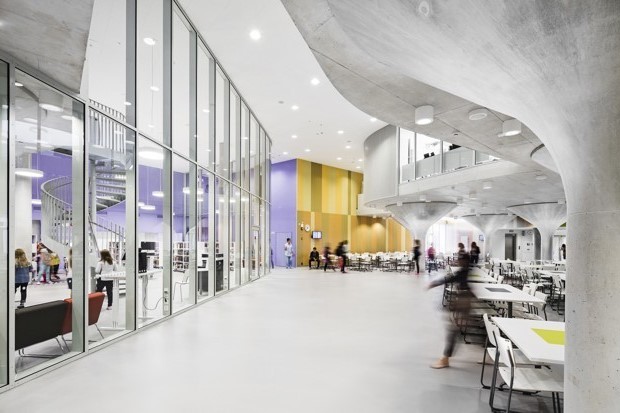 It is stored in fifteen boxes inserted one into the other, each of which opens with a separate key, it is put on display to the public every year on July 30th.
It is stored in fifteen boxes inserted one into the other, each of which opens with a separate key, it is put on display to the public every year on July 30th.
In the center of the square is the beautiful Big Fountain (Fontana Maggiore). This fountain is decorated with sculptures of Niccolo and Giovanni Pisano on biblical scenes alternate with the characters of fables, images of saints – with allegories of the cities of Umbria, Christian virtues peacefully side by side with the pagan she-wolf who nursed Romulus and Remus.
Opposite rises the gloomy bulk of the Priori Palace (Palazzo dei Priori), worth a look for the frescoes of Perugino and Pietro Cavallini in the Hall of Notaries. The third floor of the palace houses the National Gallery of Umbria – one of the best museums in Central Italy, which is dedicated to the history of Umbrian painting. Here you can see the works of Perugino and Pinturicchio, as well as several Tuscan masterpieces.
A little further, on Corso Vanucci 25, is the Collegio di Cambio, a medieval city exchange with frescoes by Perugino, considered the most beautiful bank in the world.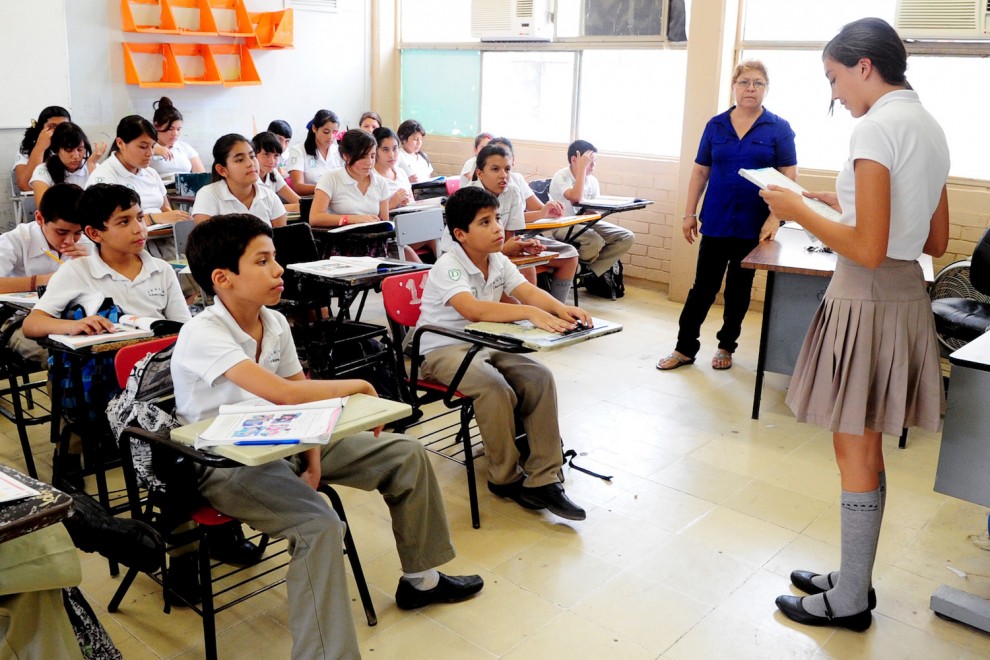 From Piazza Quattro Novembre, Via dei Priori leads to Oratorio di San Bernardino, whose façade is richly decorated with fine sculptures by Agostino di Duccio. From here, along Via A. Pascoli, you can reach the arch of Augustus, the lower part of which belongs to the Etruscan era.
From Piazza Quattro Novembre, Via dei Priori leads to Oratorio di San Bernardino, whose façade is richly decorated with fine sculptures by Agostino di Duccio. From here, along Via A. Pascoli, you can reach the arch of Augustus, the lower part of which belongs to the Etruscan era.
On the other side of the city, on Corso Cavour, is the great church of San Domenico. The vault of one of the chapels is decorated with carvings made by Agostino di Duccio, and to the right of the altar is the tomb of Pope Benedict XI. The church gallery houses the National Archaeological Museum of Umbria, which has one of the largest collections of Etruscan art in the world.
Osteria del Gambero in Via Baldeschi 17 (closed on Mondays) offers Umbrian delicacies, while La Botte in Via Volte della Pace 33 offers good pizza. A popular trattoria among students is Dal mi Sosso on Corso Garibaldi 12 (closed on Mondays), where you can taste traditional Italian cuisine at affordable prices.